PCB Heat Dissipation: Ceramic PCB vs. Copper Core PCB
Efficient heat management is critical in high-power electronics. Poor thermal performance can shorten the lifespan of components and compromise circuit stability. When it comes to managing heat in PCBs, ceramic PCBs and copper core PCBs (also known as MCPCBs) stand out as two of the most effective options. But how do they compare? Let's break it down.
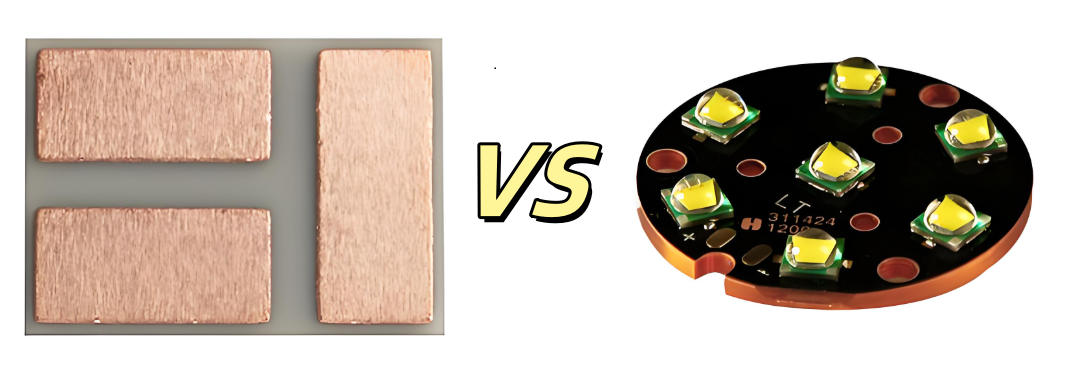
What Is a Ceramic PCB?
A ceramic PCB uses ceramic materials like alumina (Al₂O₃) or aluminum nitride (AlN) as the substrate instead of traditional FR4. These materials are known for their high thermal conductivity, electrical insulation, and dimensional stability under thermal stress.
Typical thermal conductivity:
- Alumina: 20–30 W/m·K
- Aluminum Nitride: 170–200 W/m·K
- Beryllium Oxide: up to 300 W/m·K
Ceramic PCBs are widely used in power modules, LED lighting, automotive, and RF applications.
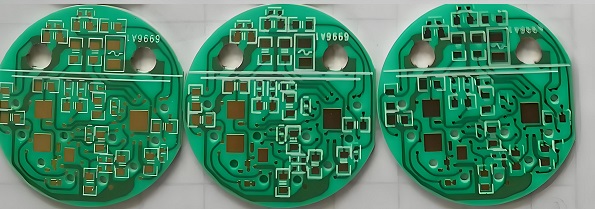
What Is a Copper Core PCB?
A copper core PCB, or metal core PCB (MCPCB), uses a metal base layer—usually aluminum or copper—to draw heat away from components. The copper core lies beneath a dielectric layer and circuit layer, helping transfer heat to heat sinks or the environment.
Typical thermal conductivity:
- Copper base: ~385 W/m·K
- Aluminum base: ~200 W/m·K
- Dielectric layer: 1–10 W/m·K (acts as a limiting factor)
MCPCBs are common in LED modules, automotive lighting, power supplies, and industrial equipment.
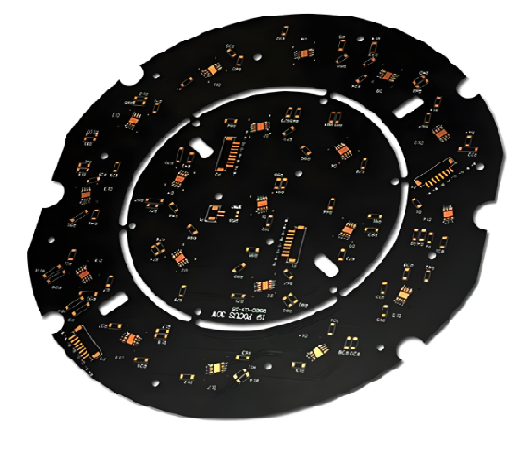
Ceramic PCB Heat Dissipation Capabilities
Ceramic PCBs are naturally excellent thermal conductors, especially when using AlN or BeO. The ceramic substrate allows for direct thermal path (DTP) designs, where heat travels straight from the component to the base without needing a thermal interface layer.
Key advantages:
- No thermal interface materials (TIMs) needed
- Uniform thermal expansion reduces stress
- Direct metallization improves heat flow
- Higher temperature resistance (> 800°C for AlN)
So that ceramic PCBs ideal for high-frequency, high-temperature, and mission-critical applications where stability matters.
Copper Core PCB Heat Dissipation Capabilities
MCPCBs rely on the metal base to conduct heat. While copper conducts heat better than ceramics in theory, in practice, a dielectric layer sits between the circuit and the copper core. This dielectric’s lower thermal conductivity often becomes the bottleneck in thermal performance.
However, with advanced formulations (e.g., thermally conductive epoxies or ceramics-filled polymers), MCPCBs can still offer very efficient heat dissipation.
Key strengths:
- High heat transfer from surface to metal base
- Supports thicker copper traces (great for high-current)
- More cost-effective for large-volume LED applications
Side-by-Side Comparison: Ceramic PCB vs. Copper Core PCB
|
Feature |
Ceramic PCB |
Copper Core PCB |
|
Thermal Conductivity |
High (up to 200–300 W/m·K) |
Very high in copper core, limited by dielectric (1–10 W/m·K) |
|
Heat Path |
Direct (no intermediate layers) |
Indirect (through dielectric layer) |
|
Operating Temperature |
Up to 800°C |
Typically below 150–200°C |
|
Electrical Insulation |
Excellent (built into ceramic) |
Depends on dielectric layer |
|
Mechanical Strength |
Brittle, but thermally stable |
Rigid and strong, can handle vibration |
|
Cost |
Higher |
More affordable |
|
Common Use Cases |
Power electronics, laser drivers, automotive ECUs |
LED lighting, power supplies, motor controllers |
When to Choose Ceramic PCBs?
Ceramic PCBs are best when:
- Your design demands high power density
- You need ultra-reliable thermal management
- The environment involves high frequency or high or extremely temperature
- Long-term material stability and insulation are required
Applications include:
- IGBT modules
- Power amplifiers
- Hybrid vehicles
- Medical imaging devices
- Automotives
- Aerospace and defense
When to Choose Copper Core PCBs?
Copper core PCBs are more suitable for:
- Mid-range thermal applications like high-power LEDs
- Designs with tight cost constraints
- Projects needing high mechanical strength
- Where mass production is expected
Applications include:
- Streetlights
- Automotive headlamps
- Battery management systems
- New-energy vehicles
- Electric motor drivers
If your priority is maximum thermal performance, electrical insulation, and reliability under heat, ceramic PCBs are hard to beat. But if you need a cost-effective, robust, and flexible heat dissipation solution, copper core PCBs can deliver solid results—especially for high-brightness LEDs and industrial controllers.
The right choice depends on your application, budget, and thermal requirements. If you’re unsure, our team at Best Technology can guide you through material selection, thermal simulations, and sample testing to make the best decision for your design.
Which PCB Type Has Better Long-Term Thermal Reliability?
Over time, continuous heating and cooling cycles can cause materials to expand and contract. This leads to thermal fatigue, delamination, or even cracks in the substrate. Ceramic PCBs perform better in this area due to their low coefficient of thermal expansion (CTE) and high thermal shock resistance. Their performance stays consistent across years of use, even in high-temperature environments. Copper core PCBs may suffer from dielectric aging and CTE mismatch, especially if not designed with balanced layers or thermal vias.
If your product will be exposed to repeated thermal stress, such as in automotive ECUs or military systems, ceramic PCBs generally provide more reliable long-term heat stability.
How to Improve Heat Dissipation in PCB Design?
Regardless of whether you use ceramic or copper core PCBs, thermal design techniques make a huge difference. Some practical ways to improve heat dissipation include:
- Using thermal vias to spread heat across layers
- Applying thicker copper layers for better conduction
- Maximizing component spacing to reduce thermal hotspots
- Designing for direct thermal paths (DTP) where possible
- Adding heat sinks or thermal interface materials (TIMs) in MCPCBs
Our engineers at Best Technology can simulate heat flow and adjust layouts to balance performance and cost—especially in compact or high-power boards.
Why Choose Best Technology for High-Heat PCBs?
At Best Technology, we’ve spent over 18 years helping customers build thermal-efficient PCBs that perform reliably under pressure. Whether you’re working on a power module, LED lighting system, or RF device, our team understands the critical balance between thermal control, signal performance, and mechanical durability.
We offer a wide selection of thermal management materials, including aluminum nitride, alumina, beryllium oxide, and DPC, HTCC, and AMB ceramic substrates, as well as metal-core options like copper and aluminum. No matter your heat dissipation requirements, we have the materials and expertise to match.
From prototypes to volume production, we provide full-turnkey services, including:
- Design and layout
- PCB fabrication
- Component sourcing
- PCB assembly
- Functional testing
- Fast delivery (as quick as 5–7 days for urgent projects)
We also support custom surface finishes—ENIG, ENEPIG, silver, gold, OSP—depending on your thermal and reliability needs. Our facility can handle complex shapes, precise cut-outs, and fine-pitch patterns, especially useful for ceramic PCB manufacturing where tolerances are tighter.
Whether you’re building for automotive, medical, aerospace, or industrial power systems, we bring together smart engineering, reliable materials, and fast turnaround to help you deliver high-performance products on time—without compromise. Let’s build your next high-heat PCB the right way.
FAQs
1. Can ceramic PCBs replace copper core PCBs?
Yes, in many high-heat or high-frequency applications, ceramic PCBs outperform MCPCBs. However, they’re costlier and more brittle.
2. What is the major thermal barrier in copper core PCBs?
The dielectric layer, which insulates the copper core from the circuit, limits heat transfer.
3. Which ceramic material is best for heat?
Aluminum nitride (AlN) is one of the best, offering up to 200 W/m·K and strong electrical insulation.
4. Are ceramic PCBs more fragile?
Yes, ceramic substrates are more brittle than metal-based cores, so they need careful handling.
5. Does Best Technology offer hybrid PCBs?
Yes, we can manufacture hybrid PCBs that combine ceramic substrates with copper cores or offer DTP MCPCB for extreme thermal needs.


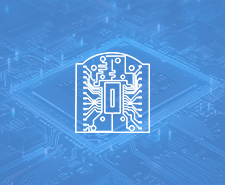


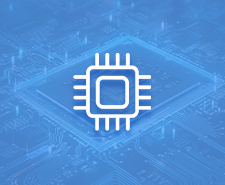
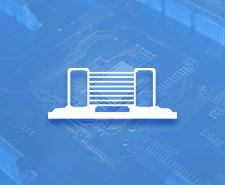
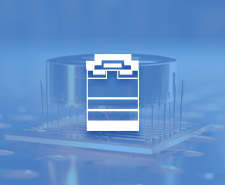
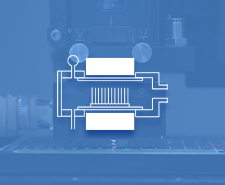
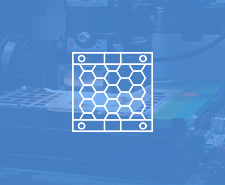
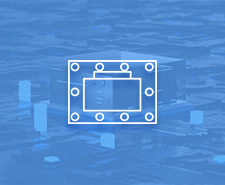

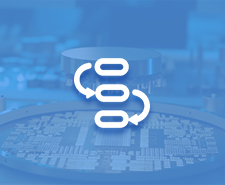
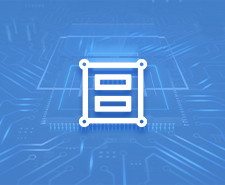
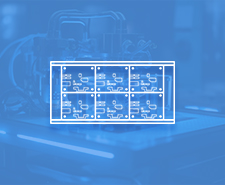
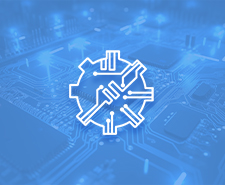

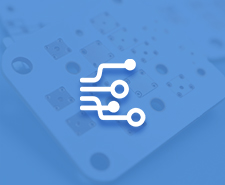
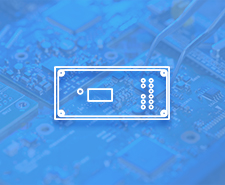
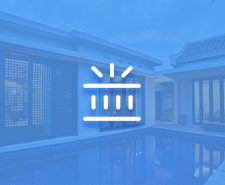
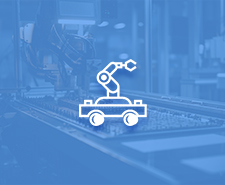
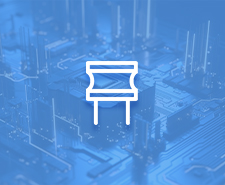
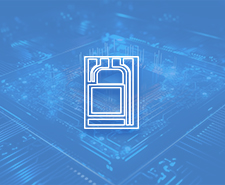

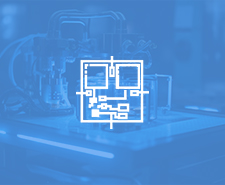
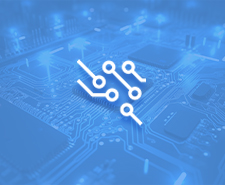
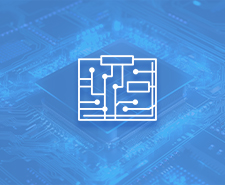

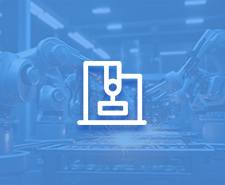

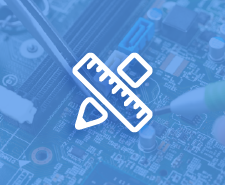
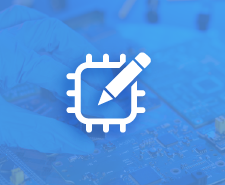


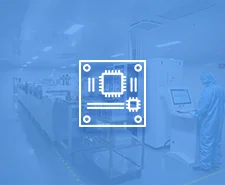
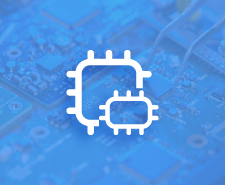
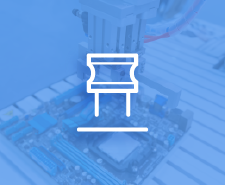

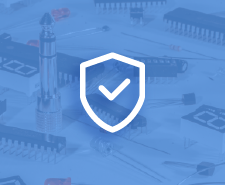
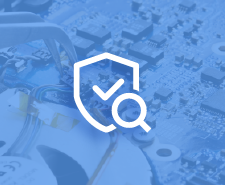
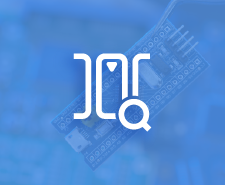
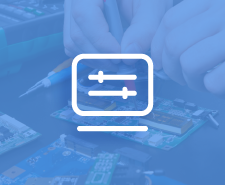
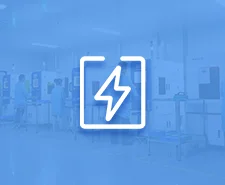
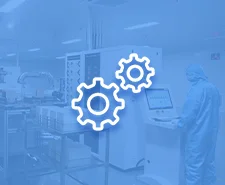
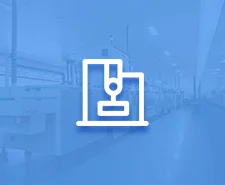
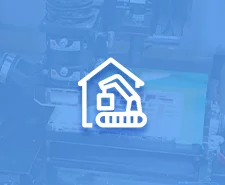
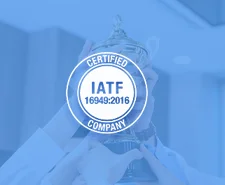







 HOME
HOME







